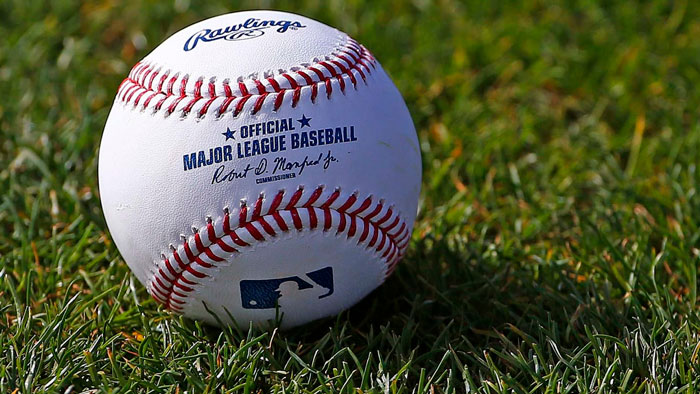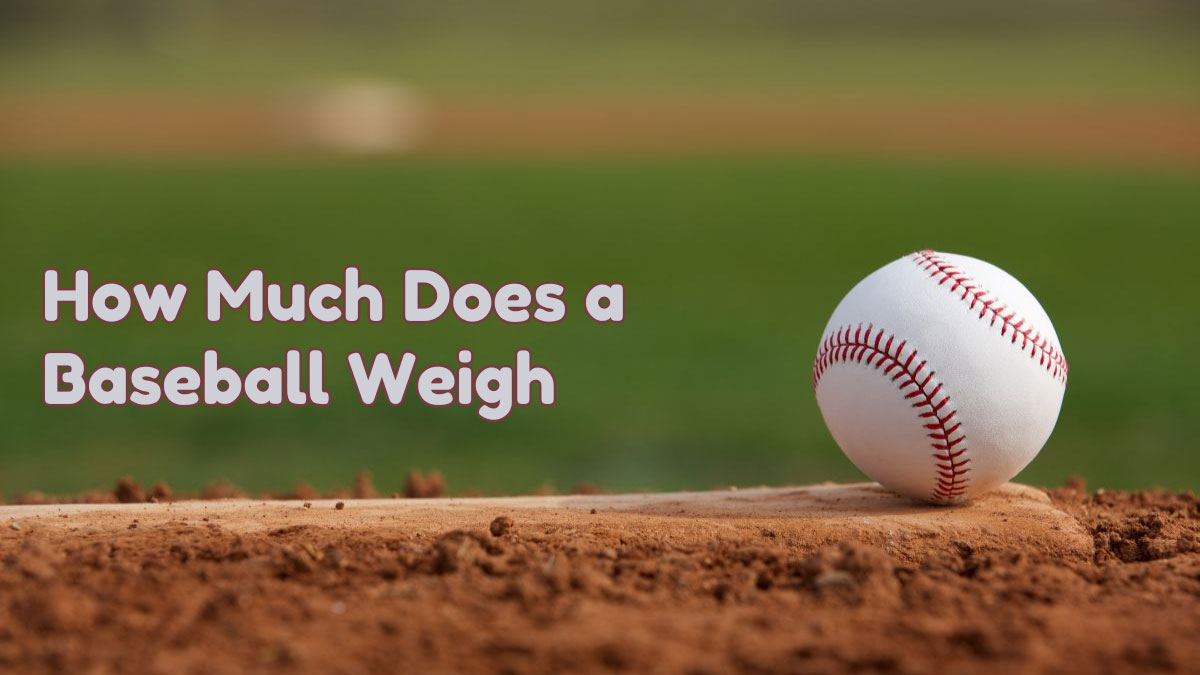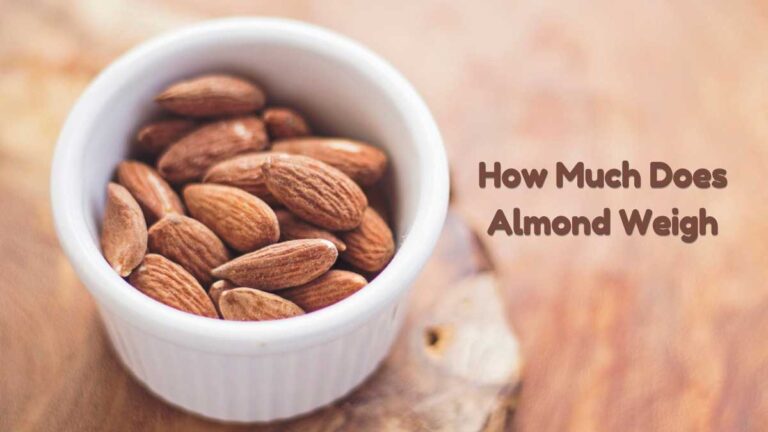How Much Does a Baseball Weigh?
A baseball’s weight is a crucial factor that influences every aspect of America’s favorite pastime. From pitching velocity to batting performance, understanding baseball weight specifications is essential for players, coaches, and enthusiasts alike.
Official Baseball Weight Standards
The official Major League Baseball (MLB) regulations specify that a baseball must weigh between 5 and 5¼ ounces (142-149 grams)[1][3]. This standardized weight ensures consistency and fairness across all professional games.
Weight Components
A regulation baseball consists of several layers:
- A cork and rubber core
- Four layers of wound yarn
- Two strips of white leather covering
- 108 double stitches (216 individual stitches)[3]
Historical Evolution of Baseball Weight

The standardization of baseball weight has an interesting history spanning over 150 years:
Early Standardization
In the mid-1850s, New York teams established the first weight regulations, setting standards between 5½-6 ounces[3]. This early attempt at standardization marked the beginning of consistent baseball manufacturing.
Material Changes
Several significant changes occurred throughout history:
- 1910: Introduction of cork-core balls[3]
- 1920: Implementation of machine winders and higher-grade Australian yarn[3]
- 1943: Wartime balata substitution for rubber[3]
- 1974: Switch from horsehide to cowhide covering[3]
Manufacturing Specifications
Modern baseballs are produced with precise specifications:
| Component | Measurement |
|---|---|
| Weight | 5-5.25 oz |
| Circumference | 9-9.25 inches |
| Diameter | 2.86-2.94 inches |
Impact of Weight on Performance
The precise weight of a baseball significantly influences various aspects of the game, from pitching mechanics to hitting dynamics.
Pitching Performance
The standardized weight allows pitchers to:
- Maintain consistent grip pressure
- Execute precise pitch movements
- Generate optimal spin rates
- Control velocity variations
Pitch Types and Weight Effects
Different pitch types interact uniquely with the ball’s weight:
- Fastballs benefit from the momentum generated by the standard weight
- Breaking balls rely on the weight distribution for proper rotation
- Changeups utilize the weight for deceptive speed differential
Batting Dynamics
The baseball’s weight directly affects:
Exit Velocity
- A regulation weight baseball typically achieves exit velocities between 95-115 mph in professional games
- The sweet spot contact produces optimal results due to the standardized weight
- Weight consistency ensures predictable bat-ball interaction
Distance Traveled
The relationship between weight and distance follows specific physics principles:
- Heavier balls maintain momentum better through air resistance
- Standard weight ensures consistent carry distance under normal conditions
- Temperature and humidity can affect the effective weight and travel distance
Weather Effects on Baseball Weight
Environmental factors can alter a baseball’s effective weight:
Temperature Impact
- Cold weather makes the ball feel harder and slightly heavier
- Warm conditions can cause minimal expansion and weight distribution changes
- Humidity affects the leather covering’s weight
Manufacturing Process and Quality Control
The creation of a regulation baseball involves precise steps and rigorous quality control measures to maintain consistent weight standards.
Core Construction
The manufacturing process begins with the core:
- A sphere of cork measuring approximately 13/16 of an inch
- A layer of black rubber coating
- Two layers of red rubber
- Total core weight must be exactly 7/8 ounce
Winding Process
Layer Specifications:
- First layer: Four-ply gray wool yarn
- Second layer: Three-ply white wool yarn
- Third layer: Three-ply gray wool yarn
- Final layer: White cotton finishing yarn
Each winding layer contributes specifically to the final weight distribution and performance characteristics.
Weight Variations in Different Leagues
Different baseball leagues maintain slightly different weight standards:
| League Type | Weight Range |
|---|---|
| MLB | 5-5.25 oz |
| Minor League | 5-5.25 oz |
| College | 5-5.25 oz |
| High School | 5-5.25 oz |
| Youth League | 4-5 oz |
Practice and Training Balls
Training equipment often features different weights:
- Weighted training balls (6-12 oz)
- Lightweight practice balls (3-4 oz)
- Indoor practice balls (4-4.5 oz)
Storage and Maintenance
Proper storage affects weight consistency:
- Climate-controlled environments maintain optimal weight
- Humidity levels should be kept between 30-50%
- Regular rotation of game balls ensures uniform wear
Scientific Analysis of Baseball Weight
Physics and Aerodynamics
The weight of a baseball directly influences its aerodynamic properties:
Magnus Effect
- Creates lift force during ball rotation
- Affects curve balls and sliders
- Depends on weight distribution and surface texture
Air Resistance Factors
The relationship between weight and air resistance follows the equation:
$$ F_d = \frac{1}{2} \rho v^2 C_d A $$
Where:
- ρ = air density
- v = velocity
- Cd = drag coefficient
- A = cross-sectional area
Weight Distribution Impact
Internal Balance Requirements:
- Center of mass must be within 0.01 inches of geometric center
- Weight distribution affects spin rate stability
- Symmetrical construction ensures predictable flight paths
Testing and Certification
Official MLB Testing Procedures
Quality control measures include:
- Coefficient of restitution (COR) testing
- Compression testing
- Weight verification using calibrated scales
- Impact velocity measurements
Certification Standards
Each baseball must meet:
- Weight tolerance of ±0.1 ounces
- Size tolerance of ±0.004 inches
- Compression test results within 200-350 pounds
- COR between 0.514 and 0.578
Common Questions and Answers
Q: Why do baseballs have such specific weight requirements?
A: Precise weight standards ensure fair play, consistent performance, and predictable behavior during professional games.
Q: Does the weight of a baseball change during a game?
A: Yes, slight weight variations can occur due to dirt, moisture, and general wear, typically ranging from 0.1 to 0.3 ounces.
Q: How often are baseballs replaced in MLB games?
A: On average, 8-10 dozen baseballs are used per game, with immediate replacement if any weight-affecting damage occurs.
Weight-Related Baseball Innovations
Modern Technology Integration
Recent advancements in baseball manufacturing include:
- Smart sensors for weight distribution analysis
- Automated quality control systems
- Advanced material composition studies
- Real-time performance tracking
Future Developments
Emerging technologies focus on:
- Sustainable material alternatives
- Enhanced durability without weight compromise
- Smart baseball prototypes for training
- Environmental impact reduction
International Standards and Variations
Different baseball organizations worldwide maintain slightly different weight standards:
| Region/Organization | Weight Standard |
|---|---|
| Japanese NPB | 5.00-5.25 oz |
| Korean KBO | 5.00-5.25 oz |
| European Leagues | 5.00-5.25 oz |
| Caribbean Leagues | 5.00-5.25 oz |
Key Takeaways
Understanding baseball weight specifications is crucial for:
- Maintaining game integrity
- Ensuring consistent performance
- Supporting player development
- Facilitating fair competition
- Meeting regulatory requirements
Frequently Asked Questions
Q: How much does a wet baseball weigh?
A: A wet baseball can weigh up to 0.5 ounces more than a dry one, affecting its performance characteristics.
Q: What makes a baseball heavy or light?
A: The weight variations come from material quality, manufacturing precision, and environmental conditions.
Q: Can baseball weight affect pitcher performance?
A: Yes, even minor weight variations can significantly impact pitch velocity, movement, and control.
Citations:
[1] https://99baseballs.com/equipment/how-much-does-a-baseball-weigh/
[2] https://www.uml.edu/docs/A%20Study%20of%20the%20Barrel%20Constructions%20of%20Baseball%20Bats%20by%20Fa%E2%80%A6_tcm18-60852.pdf
[3] https://en.wikipedia.org/wiki/Baseball_(ball)
[4] https://commons.nmu.edu/cgi/viewcontent.cgi?article=2581&context=isbs
[5] https://parcelpath.com/how-much-does-a-baseball-weigh/
[6] http://www.designlife-cycle.com/baseball
[7] https://www.usabaseball.com/bats/faq







